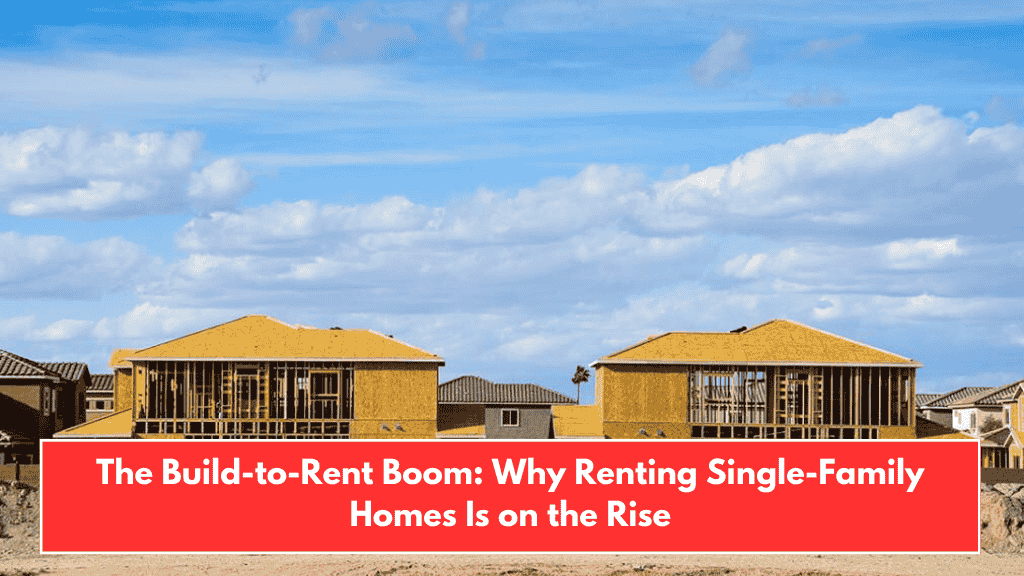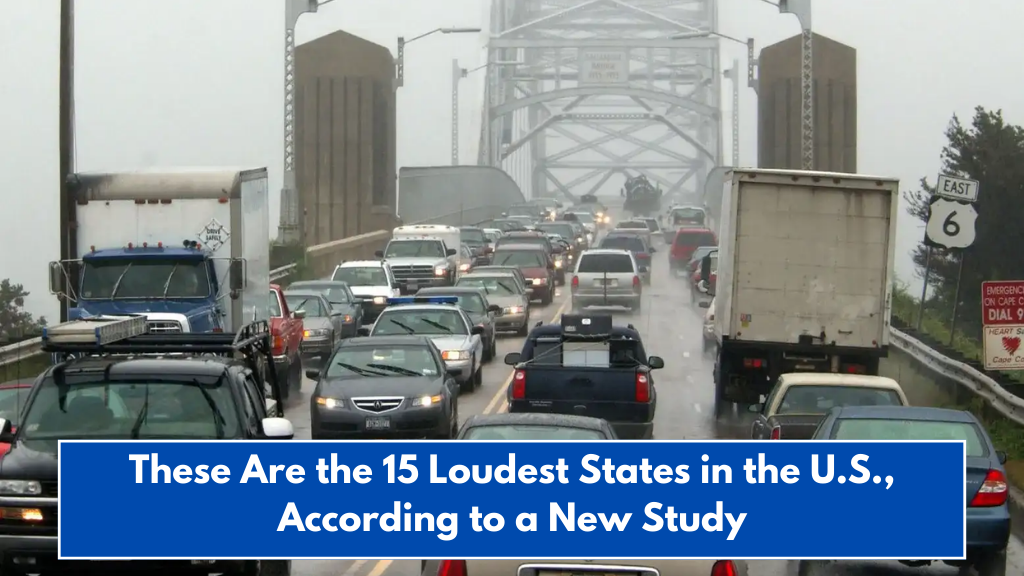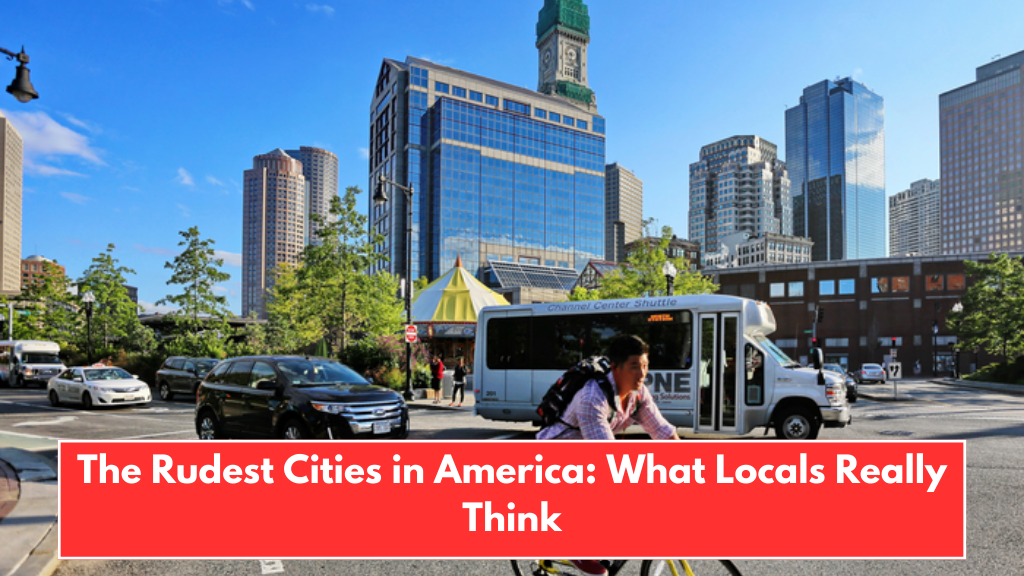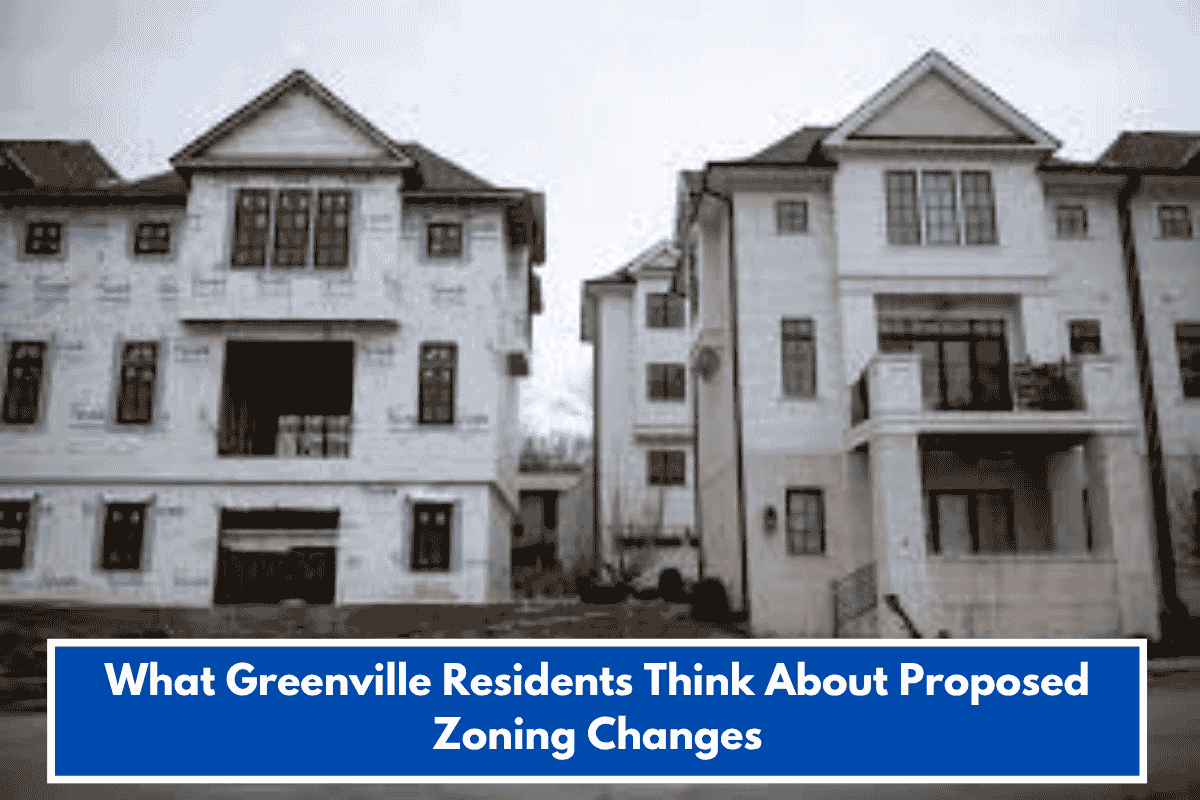As housing prices continue to climb, mortgage rates stay high, and down payments seem out of reach for many, the build-to-rent (BTR) sector is becoming a popular solution for renters. With its flexible rental options, community amenities, and covered maintenance, BTR communities are offering a new way for people to enjoy spacious homes without the commitment of homeownership. This market is experiencing rapid growth, with construction surging across major metro areas and increasing demand for these homes.
The Appeal of Renting in Build-to-Rent Communities
The BTR market is expanding rapidly, and it’s no surprise why. For renters, especially those who desire more space and modern amenities, these communities provide a range of benefits. BTR homes are often located in suburban areas, offering larger homes, private backyards, and more room to grow compared to typical apartments in city centers.
According to the most recent Point2Homes report, over 110,000 single-family rental homes in 613 BTR communities are currently under construction across the country, with an impressive 53.5% increase in inventory once these units are completed. This expansion is not just meeting demand but also offering a peaceful, family-friendly living environment ideal for those working remotely or seeking a suburban lifestyle.
A Shift Toward Suburbia and Single-Family Rentals
The COVID-19 pandemic played a significant role in shifting rental demand from small city apartments to larger single-family homes, especially in more affordable secondary markets. As remote work became more common, people began to realize they didn’t need to stay in expensive urban centers to succeed in their careers. Many are now seeking spacious homes that offer the benefits of suburban living—things like yards, quiet neighborhoods, and more affordable rent.
With high home prices and rising mortgage rates, renting in a build-to-rent community offers an affordable alternative. Renting a BTR unit can save renters up to $1,000 per month compared to buying a starter home, especially given the current high mortgage rates.
Top Metros Leading the Build-to-Rent Expansion
The BTR boom is particularly noticeable in Phoenix, Dallas, and Atlanta, with these cities seeing the most significant development activity. Phoenix, in particular, leads the charge with over 13,000 units currently under construction. This growth is driven by the city’s strong job market, the presence of Fortune 500 companies, and a growing focus on sustainability, all of which attract new residents and fuel rental demand.
In Texas, Dallas and Houston are also leading the way, with significant numbers of BTR units being developed. In fact, Texas is the national leader in BTR construction, with more than 21,800 units under development across the state. The state’s favorable tax policies, economic diversity, and affordable housing market are major factors that contribute to this growth.
Other metros such as Atlanta, Charlotte, Orlando, and Raleigh are also seeing a rise in BTR projects, with rental demand remaining strong in these cities due to business-friendly environments and job growth.
Expanding Housing Options for Renters
The build-to-rent market is continuing to expand, creating more opportunities for renters across the U.S. As of 2024, 14 additional metros have more than 1,000 BTR units under construction, meaning renters in these areas will soon have more options when it comes to finding spacious homes that meet their needs.
These new developments are increasingly being built in suburban areas, where zoning and permitting processes are more straightforward, allowing for faster construction timelines and a more affordable product. Suburbs are becoming increasingly attractive as developers build single-family rental homes that cater to today’s renter, who values space, privacy, and community amenities.
The Appeal of Florida, Texas, and Arizona
Florida, Texas, and Arizona are particularly important players in the BTR boom. Florida, with its growing population and favorable tax environment, has seen a surge in BTR developments, with metros like Miami and Orlando seeing steady construction. Arizona, with Phoenix leading the way, has become a hotspot for BTR development, thanks to its strong job market and overall affordability.
These states are benefiting from a growing population and a shift away from high-cost urban hubs, with renters seeking affordable housing options in spacious communities that provide better access to amenities and outdoor activities. The demand for BTR units in these regions is only expected to increase, with more people moving to these areas for work, lifestyle, and affordability.
Challenges Facing the BTR Sector
Despite its rapid growth, the BTR sector faces challenges. Rising material and labor costs, as well as higher construction financing rates, are making it more expensive to build new rental properties. Additionally, issues like inflation and supply chain disruptions can delay construction timelines. However, with demand for spacious, affordable rental homes holding steady, many developers remain confident in the sector’s long-term growth.
One of the biggest hurdles for renters in the BTR market is the current high mortgage rates, which are keeping many people from entering the housing market. Renting in a BTR community provides an attractive solution for those who need more space but aren’t ready or able to buy a home right now.
The Future of the Build-to-Rent Market
As more renters choose the build-to-rent option, the sector is poised for continued growth. With affordability and flexibility at the forefront of the BTR model, these communities are expected to play an increasingly important role in the U.S. housing market. As more developments are completed, renters will have access to high-quality, single-family homes that suit their needs, whether they’re looking for a family-friendly neighborhood or a remote work haven.
For those who can’t yet afford to buy a home or are hesitant to make the commitment, renting a BTR unit offers a perfect blend of space, convenience, and community. It provides a solution that offers all the benefits of homeownership, without the long-term commitment.














